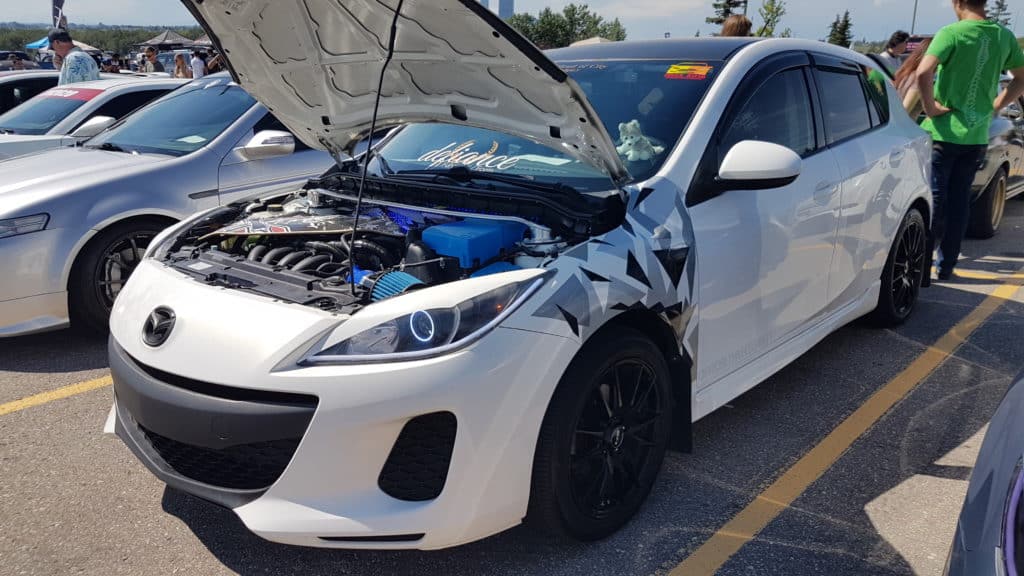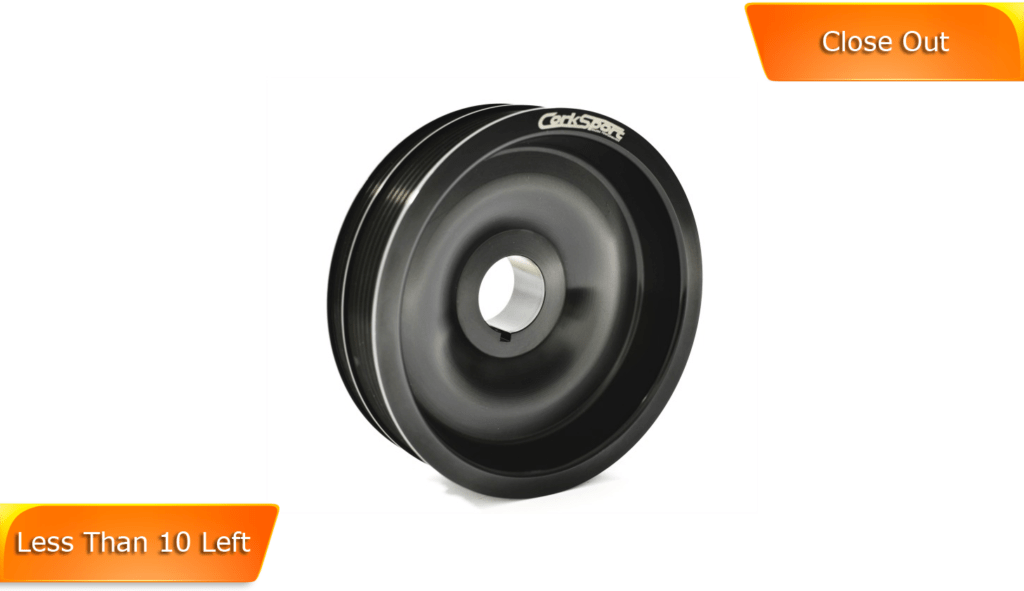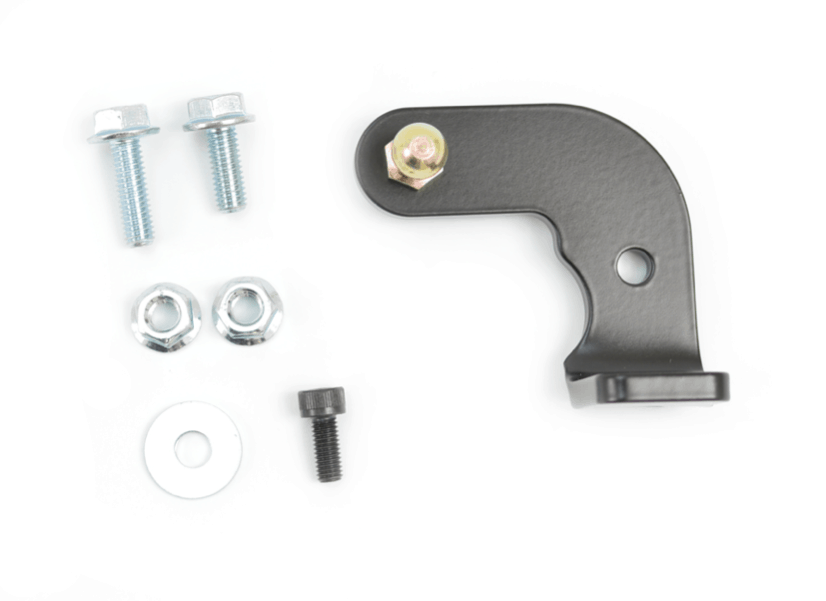I’ve met a lot of amazing people thanks to my Mazda 3 Sport, but Yolanda Sampson (Instagram: @bluehalogirl) is the one I blame for this addiction we call “modding.” When we met, I hadn’t done much to my car yet, just a couple minor things like tinted windows and tinted taillights. She had a feeling I’d be into meeting some more like-minded locals and invited me to a meet. We got along like only two Mazda nuts could, and it was game over for me.
What’s That Sound? Suspension Troubleshooting Guide
Good day, Mazda enthusiasts everywhere. In this tech blog, I want to share some tips with you guys and gals on how to diagnose suspension noise, and how to help pinpoint the source of your suspension problem.
It’s impossible for this blog to be the bible of suspension component noise, nor do I intend for it to be. The design, function, engineering, and workings of suspension could take several books to explain. The intention of this post is to help you ask the right questions and create a more methodical approach to diagnosing suspension noise. Hopefully, by the end of this, you will have that much more of an understanding of what might be going on before you take it in for some work.
Understanding Your Suspension
Suspensions are one of the trickiest and most commonly misdiagnosed parts of the car for a variety of reasons. The suspension components all work as a unit when driving. So when you’re navigating a turn, the springs and struts, shocks, ball joints, control arms, tie rod ends, sway bars, and more are all doing something different in an effort to keep you anchored to the road, all while trying to do their job quickly, quietly, and efficiently. For that reason, it can be tough to tell which part is doing its job and which part is causing the headache.
Another tricky issue to work with is the fact you can normally only replicate the problem while driving. It’s kind of hard to make a turn going 30 mph while poking your head under the chassis to hear what’s clunking. All of that, plus the fact that you’re not sure if it’s coming from the left or the right side of the car (or perhaps even from the front or back), can make it that much harder to find the awful noise you’re wanting to eliminate.
How To Start Troubleshooting
When diagnosing suspension related concerns, I always like to start with the tires. We start with the tires because, when it’s all said and done, the suspension is trying to keep those four little square contact patches firmly on the road all the time and under every condition. Reading the tires tells us a story of what the suspension is doing.
If the tires are cupped, then we may have bad struts or shocks. If there is excessive wear on the inside of the tires, then it could mean we are having a camber issue and perhaps have some worn out control or camber arms. Feathered wear can indicate poor toe, which can be caused by bad tie rod ends. Being able to interpret tire wear can be very beneficial in our suspension diagnosis. Below is a chart with some of the most common types of wear.

Making A List of Occurrences to Diagnose the Issue
Now, the main reason you want to report a suspension problem is due to noise. The first question to ask is: When did the noise start?
- Did the noise start after you hit a really big pothole in the road?
- Did it start after you installed some new struts and shocks?
- Is it a noise that has slowly gotten louder over time?
If the noise has developed over time, then it could have something to do with aged components. If the noise started up after installing some sort of upgraded suspension component, then we want to double-check the work and make sure nothing was left loose or installed inappropriately.
You’ll also want to see if the replacement of your new part accelerated the wear of an older part. An example would be replacing front struts with 100K on them without replacing the strut mount bearings. The new and fast reacting component of the upgraded struts can unmask the worn out strut bearings you had the whole time. It’s like buying a new pair of shoes but still keeping the old laces. Some of these components heavily rely on the other.
Conditions Of The Noise In Question
- Is the noise only on certain types of road surfaces?
- Does the noise vary with speed?
- Is it only over bumps or on full steering wheel lock?
- Does the noise come from both sides or just one?
- Is the noise more pronounced in cold weather versus hot?
All these questions and more need to be asked to paint the best picture of the problem. Generally speaking, most clunking comes from loose components such as sway links and tie rod ends that were not securely fastened. Loud bangs or knocking sounds are from physical contact of hard items. Inspect the suspension for shiny spots that indicate where two pieces of metal are hitting each other. Squeaks and squeals will generally come from components that rotate over each other. In this case, examine strut bearings and sway bar bushings.
Once you have asked yourself the correct questions, it’s always a good idea to inspect the components and check the condition. When inspecting the front suspension, it’s good to look for the obvious stuff first, such as bent end links or control arms, broken springs, worn out bushings, leaking shocks, or torn dust boots. Don’t forget the steering system is incorporated into all of this as well; parts such as tie rod ends and wheel bearings should also be examined.
While this is not the be all end all, if you begin your diagnostic approach by asking the correct questions and looking for the simple things first, then it ultimately will make everyone’s job a little bit easier. Stay on the lookout for some more tech blogs and further follow-ups. If there’s ever something you want us to write about, be sure to let us know in the comments section below.
CorkSport
Mazda 3 Carnage
Last year we embarked on a new race car project: the Mazda 3. Our goal was to develop the car into a frontrunner in the T4 SCCA class and have a shot at the national title at the SCCA runoffs in 2016. Along the way, we’ve been making changes to the car and working on improving the setup, along with testing out products. One of the products we developed and built along the way was our Big Brake Kit (BBK). We never really explained why that kit was so important. So let me explain.
CorkSport’s Cleaning House with Closeout Parts
You may have noticed some CorkSport parts in our catalog are now labeled with a “Close Out” ribbon, as shown below.
Unlike our sales or clearance products, these closeouts signify some important changes for CorkSport and our customers. Continue reading “CorkSport’s Cleaning House with Closeout Parts”
CorkSport Mazdaspeed 6 Short Shift Plate
It is back from the dead! CorkSport is happy to announce the return of the Mazdaspeed 6/MPS 6 shift plate. We took our original design and adjusted it based on feedback from customers who owned the original to bring you a new and improved product.
CorkSport’s Mazdaspeed 6 Short Shift Plate has been designed to provide a 33% reduction in shift throw. The unique design of our shift plate provides maximum benefit to Mazdaspeed 6 drivers by changing the geometry at the shifter end to remove the feeling of synchros where it is most noticeable – in gears one and two. The shift plate bolts directly to the car, eliminating the need to bolt on to the factory or an aftermarket counterweight.





